Special Report
Best and Worst Car Launches of 2017
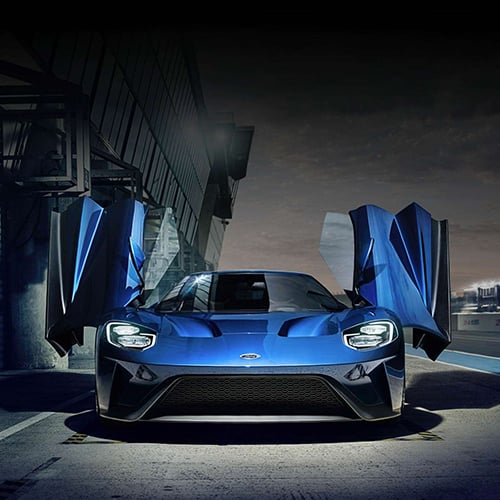
Published:
Last Updated:

U.S. auto sales have hit record highs in the last half decade. In the seventh straight year of climbing demand, Americans bought nearly 17.6 million vehicles in 2016, up from the previous record of 17.5 million in 2015. While by most estimates 2017 will not beat 2016’s record, car sales remained relatively strong last year, fueled by improving economic conditions, low gas prices, and low unemployment.
Consumer tastes in cars are not static. Small SUVs, crossovers, and pickup trucks gained favor among American car buyers in the first 11 months of 2017, as large and mid-size sedans and compact cars rapidly declined in popularity.
To capitalize on trends and integrate new technologies, automakers are constantly updating their fleet and occasionally adding new models. A range of automakers, including Ford, Toyota, and Volvo, brought back decade-old nameplates or began selling all-new vehicles on dealership lots nationwide during the 2017 calendar year — but not all were met with the same success. To identify the most (and least) successful car launches of 2017, 24/7 Wall St. reviewed unit sales of all new models launched in the U.S. market last year by the world’s biggest car companies.
Often, new models need to establish reputations before they take off in popularity. Partially because none of the cars on this list have been available for a full year, none topped 25,000 unit sales in the first 11 months in 2017. Whether or not any of these vehicles will ever achieve the status of industry stalwarts that sell in the hundreds of thousands year after year — such as the Ford F-150, the Toyota Camry, or the Honda Civic — remains to be seen.
Click here to see the most (and least) successful car launches of the year.
Click here to see our detailed findings and methodology.
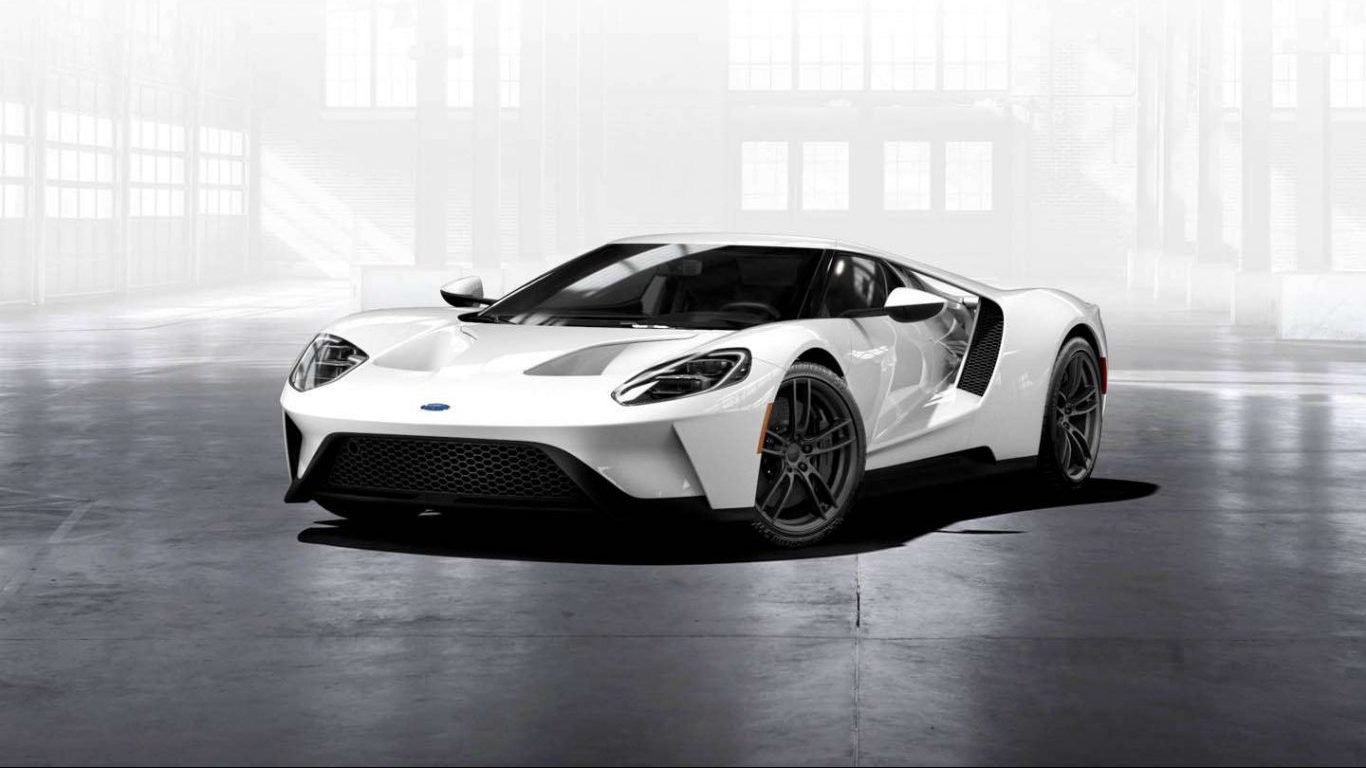
1. Ford GT
> Avg. monthly sales: 8.0 units
> Best sales month: November (16 units)
> Total 2017 sales: 80 units
> MSRP: $400,000
Since shipping the first units to dealerships in February, Ford sold just 80 GTs in the U.S. market through the end of November. Considering the vehicle’s $400,000 sticker price, low sales volume should not be a surprise. Very few people can actually afford the car, and Ford expects to build only 1,000 units.
The street-legal supercar boasts 647 horsepower, can go from zero to 60 mph in 2.9 seconds, and can hit an eye-popping top speed of 216 mph. Unlike the other cars on this list, the new GT is a reintroduction of a retired nameplate. The GT had an initial production run from 2004 to 2006 and was priced at a relatively reasonable $140,000.
[in-text-ad]
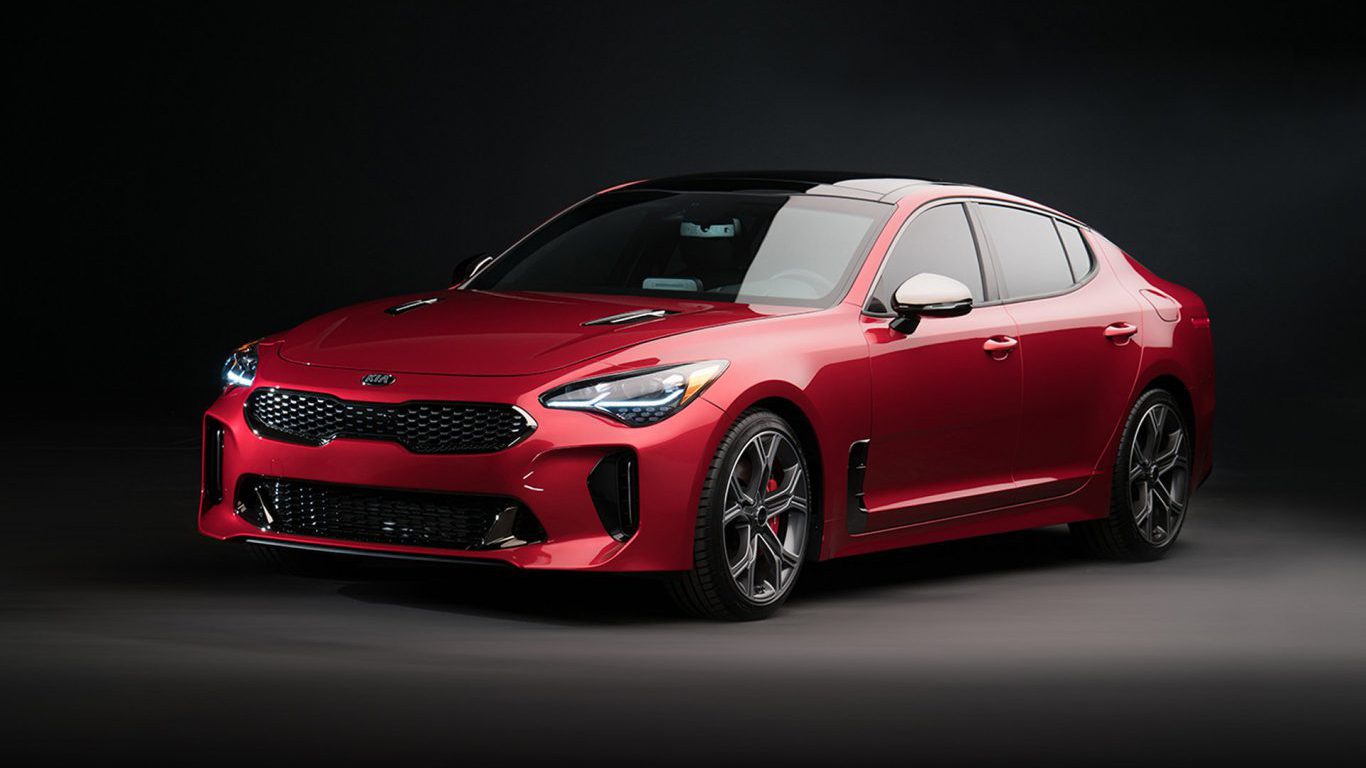
2. Kia Stinger
> Avg. monthly sales: 17.0 units
> Best sales month: November (17 units)
> Total 2017 sales: 17 units
> MSRP: $31,900
The Stinger is the latest 2017 release on this list. Kia did not begin shipping the all-new Stinger to dealership lots until November. A sports sedan, the Stinger is the Korean automaker’s attempt to gain market share in a segment dominated by European carmakers.
Targeting a relatively niche market, the Stinger likely will not rank among Kia’s most popular models in 2017. The Optima, Soul, and Forte were the only Kia models to top 100,000 unit sales in the U.S. market between January and November 2017. Sedans, crossovers, and compact cars have wider appeal, and each of the three most popular Kia models come with starting sticker prices at least $9,000 below the Stinger.
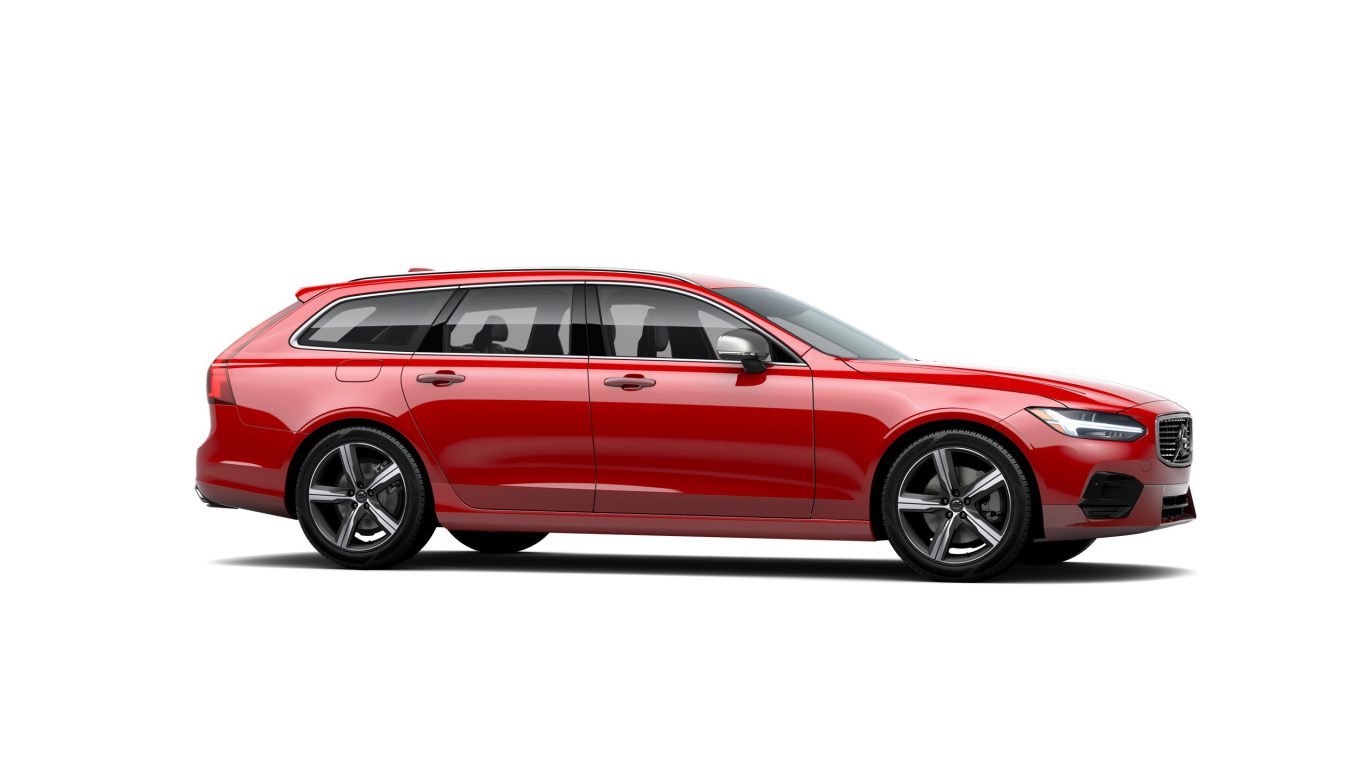
3. Volvo V90
> Avg. monthly sales: 22.9 units
> Best sales month: July (47 units)
> Total 2017 sales: 160 units
> MSRP: $49,950
Known for its iconic station wagons, Volvo introduced an all-new station wagon to its lineup in 2017. In recent decades, station wagons have lost favor with American motorists who increasingly appear to prefer sport utility vehicles. The Swedish automaker has apparently not given up on those looking for the practicality, comfort, and safety station wagons have come to represent. Volvo began selling the V90 in the United States in the summer of 2017. Whether or not the car resonates with American drivers remains to be seen.

4. Honda Clarity
> Avg. monthly sales: 93.6 units
> Best sales month: November (464 units)
> Total 2017 sales: 1,030 units
> MSRP: $33,400
The Clarity is the latest edition to Japanese automaker Honda’s U.S. lineup. Appealing to environmentally conscious motorists, the Clarity series consists of a plug-in hybrid model, a fuel cell model, and a fully electric option. As recently as July, the fully electric edition was the only Clarity model available. With the other editions now available too, sales of the Clarity fleet spiked in November, hitting nearly 500 units.
Honda sells some of the most popular vehicles in the United States. The Accord, Civic, and CR-V each sold over 300,000 units between January and November 2017 — a sales threshold very few models reached.
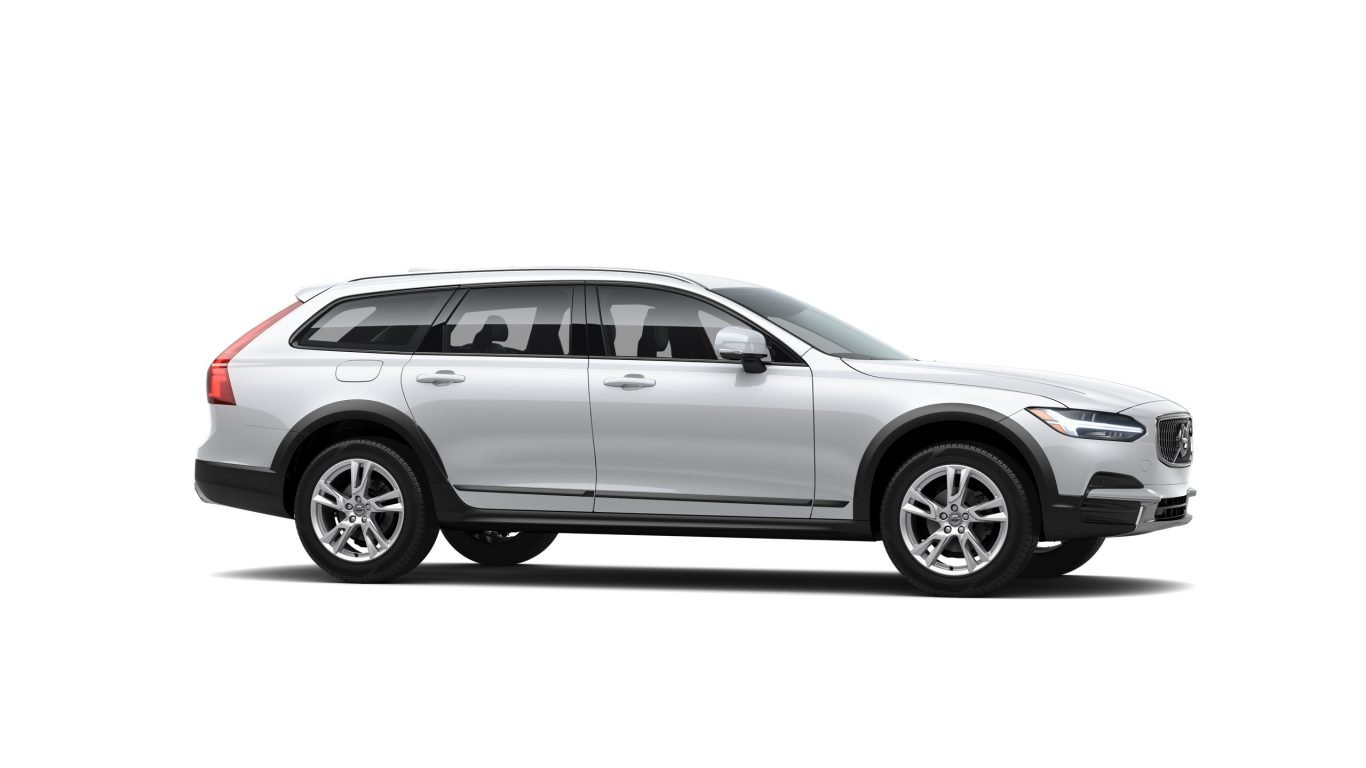
5. Volvo V90 Cross Country
> Avg. monthly sales: 178.1 units
> Best sales month: April (478 units)
> Total 2017 sales: 1,959 units
> MSRP: $52,300
Distinct from the less popular V90 wagon, the Volvo V90 Cross Country — though still classified a full size wagon — features some qualities commonly found in SUVs, such as a higher suspension clearance. Volvo sold nearly 2,000 V90 Cross Country units in the U.S. market in the first 11 months of 2017. The model appears to try to capitalize on the growing popularity of SUVs in the United States, while staying true to Volvo’s iconic core station wagon brand.
[in-text-ad]
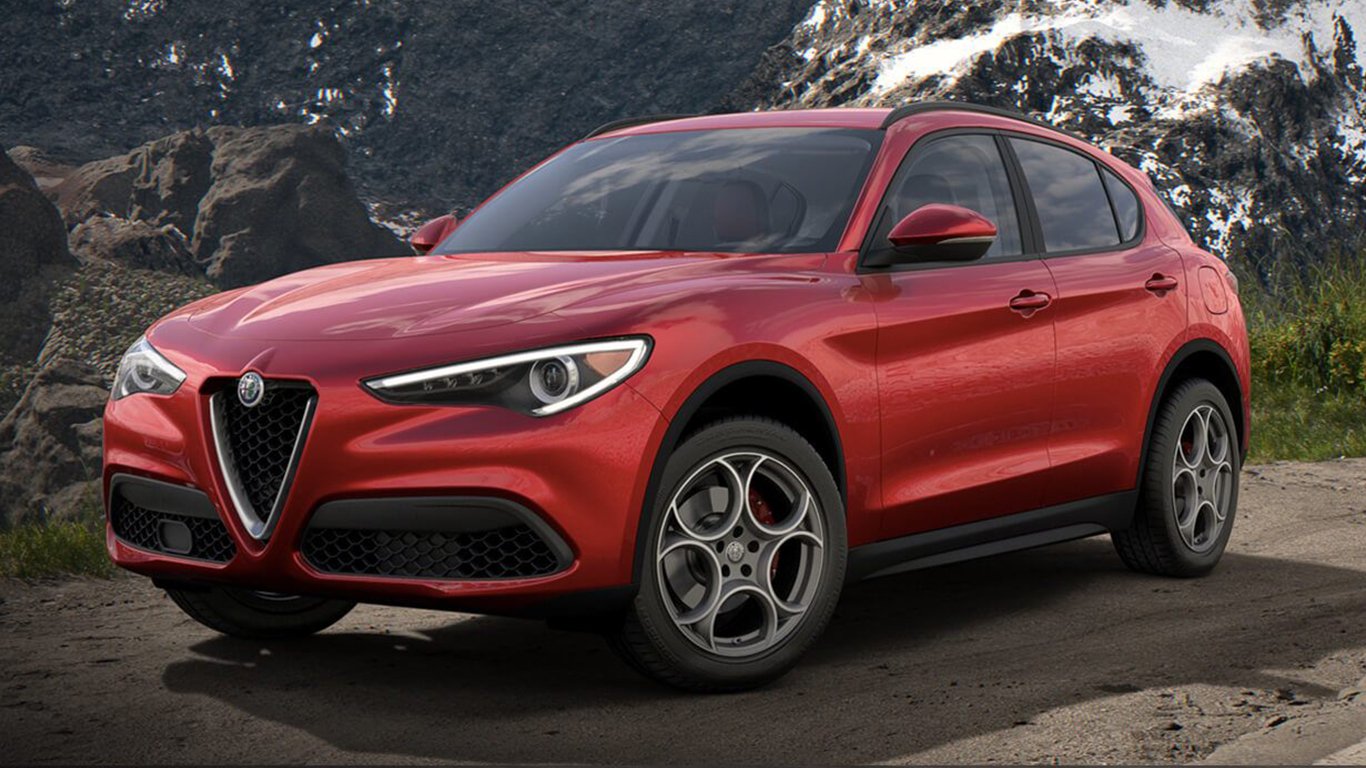
6. Alfa Romeo Stelvio
> Avg. monthly sales: 287.3 units
> Best sales month: November (657 units)
> Total 2017 sales: 1,724 units
> MSRP: $41,995
The Stelvio is one of two new Alfa Romeo models made available to American drivers in 2017. The car is the Italian automaker’s attempt to capitalize on the growing popularity of SUVs in the United States. After having no U.S. presence between 1995 and 2008, Alfa Romeo is striving to appeal to American motorists — the century-old carmaker ran three ads during the most recent Super Bowl.
Since hitting dealership lots in the summer, sales of the Stelvio increased every month through November, when it sold 657 units.
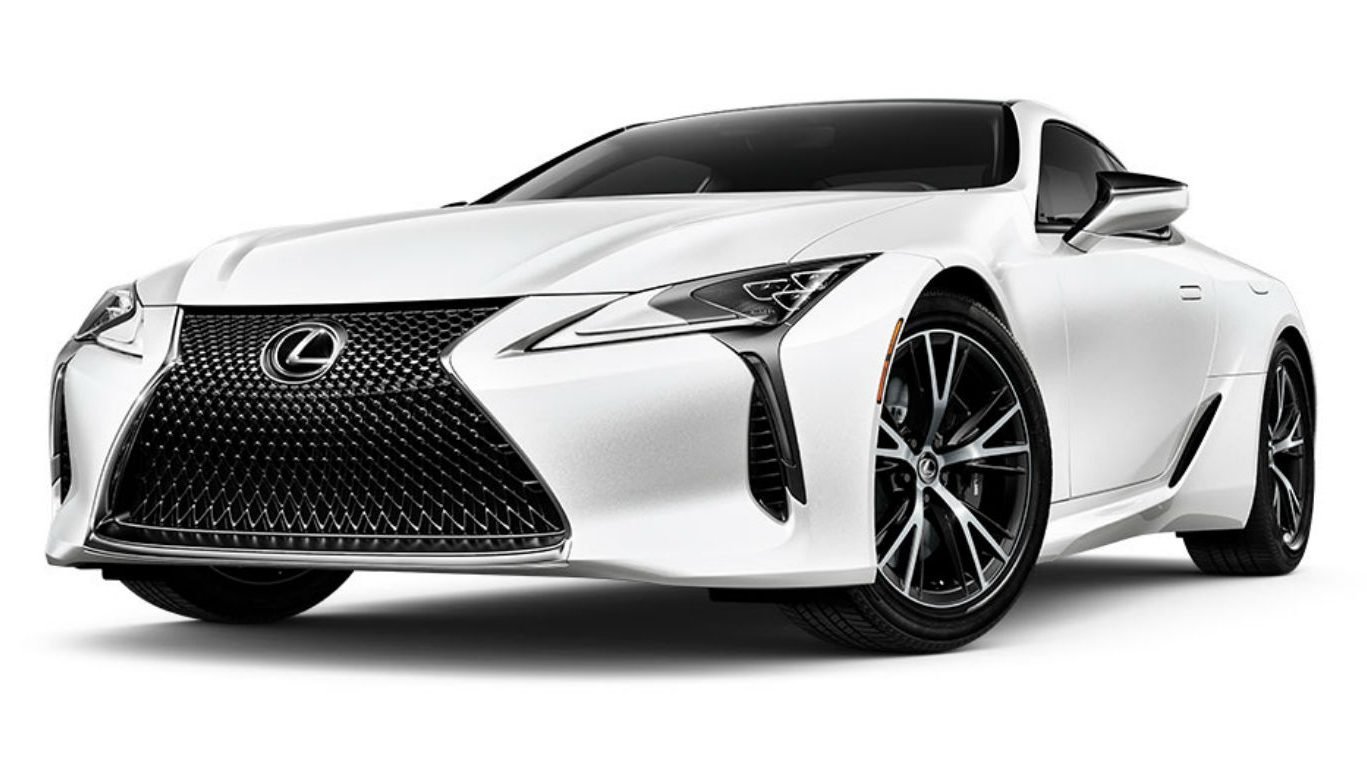
7. Lexus LC
> Avg. monthly sales: 313.4 units
> Best sales month: June (423 units)
> Total 2017 sales: 2,194 units
> MSRP: $92,000
The LC is the latest addition to the Lexus fleet in the U.S. market. Not geared toward the average motorist, the LC 500 comes with an eight-cylinder engine, 471 horsepower, and a $92,000 sticker price. Hitting dealer lots in May, Lexus sold nearly 2,200 LC 500s so far in 2017. The LC is also available as a hybrid.
Lexus is the luxury division of Japanese auto giant Toyota, one of the most popular makes in the United States. So far this year, sales of 10 Toyota models have outpaced sales of Lexus’ most popular vehicle, the RX SUV.
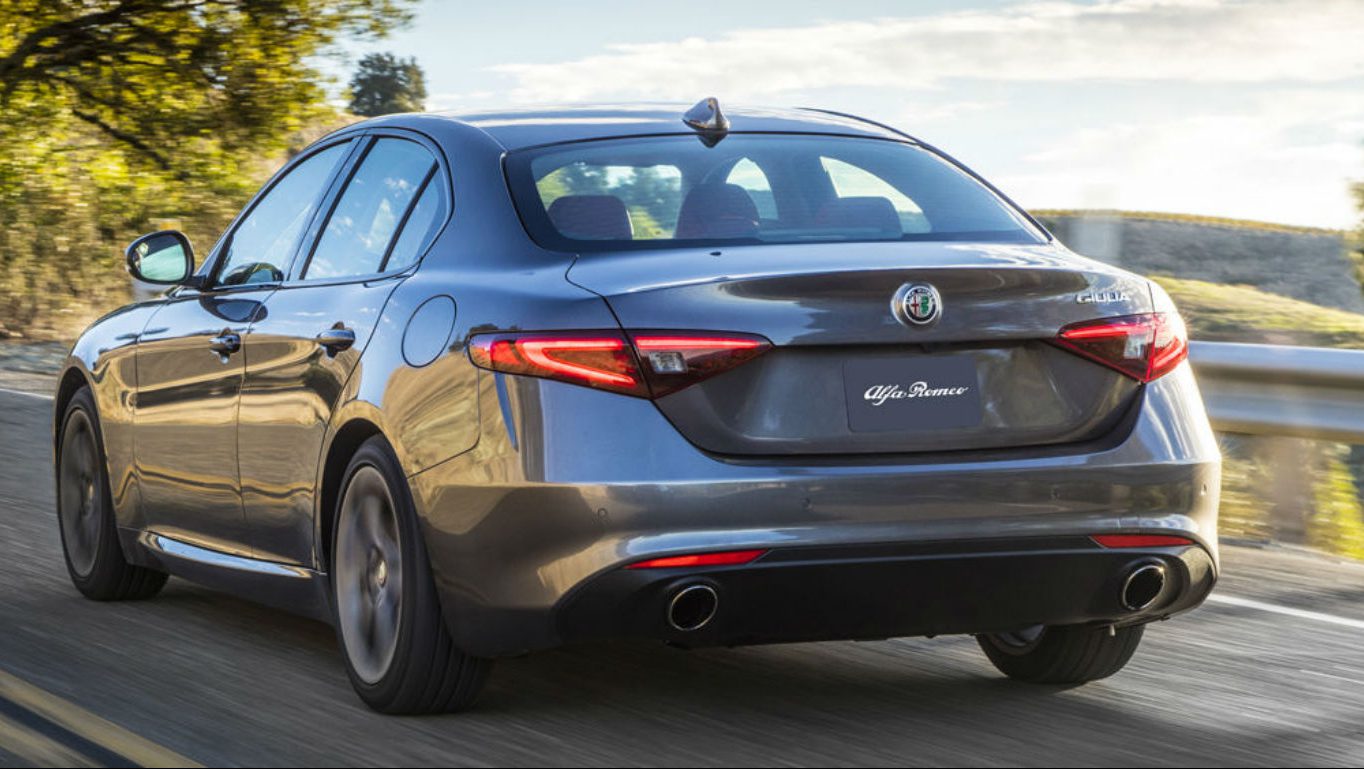
8. Alfa Romeo Giulia
> Avg. monthly sales: 717.5 units
> Best sales month: July (1,104 units)
> Total 2017 sales: 7,893 units
> MSRP: $38,195
Although Alfa Romeo sold some Giulia model cars at the very end of 2016 — a grand total of seven — for all intents and purposes the sports sedan is a brand new addition to the market in 2017. The Italian automaker has only three models available in the U.S. market, but Giulia quickly became the company’s top vehicle in 2017, selling 7,893 units.
The Giulia is Alfa Romeo’s least expensive vehicle with a sticker price of $38,195. The car offers drivers 280 horsepower and can get from zero to 60 mph in 5.1 seconds. The car was featured in three ads during the most recent Super Bowl.
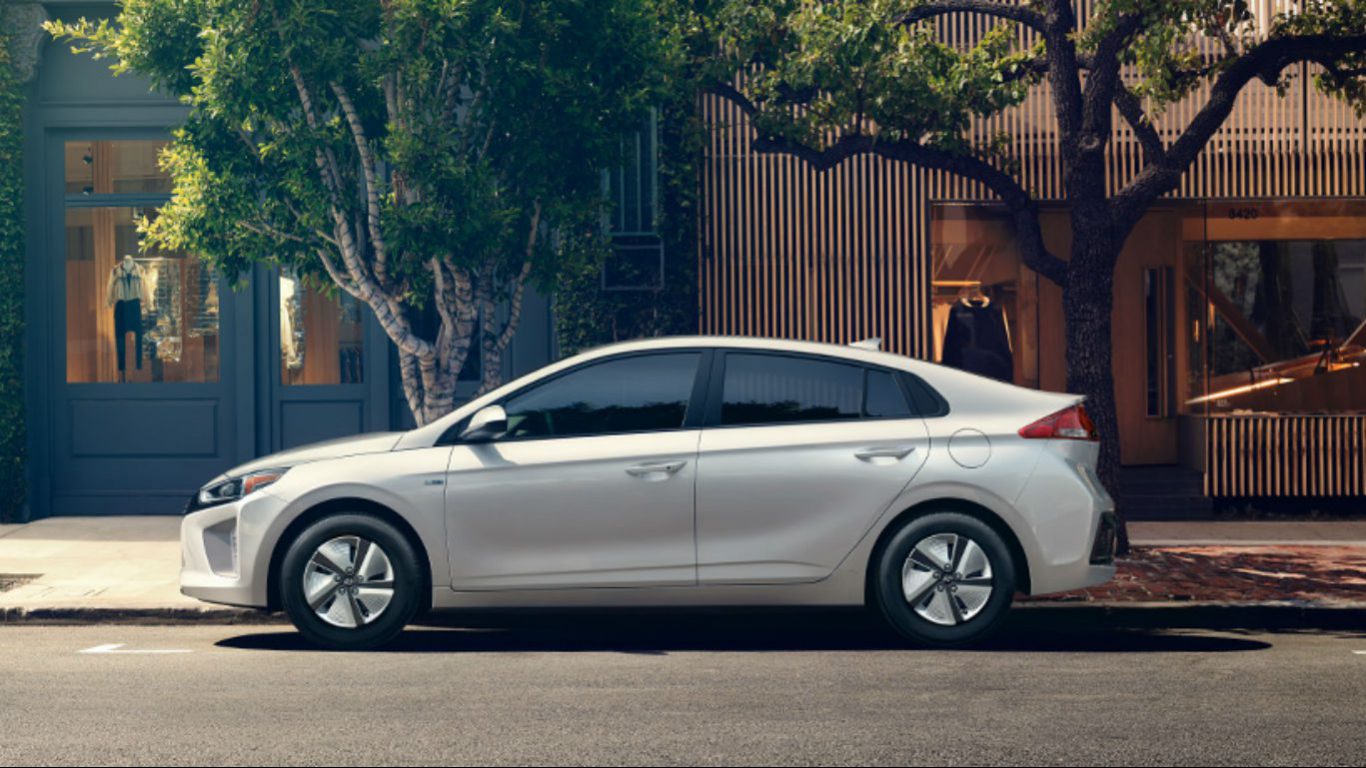
9. Hyundai Ioniq
> Avg. monthly sales: 1,028.5 units
> Best sales month: May (1,827 units)
> Total 2017 sales: 10,285 units
> MSRP: $22,200
With the growing popularity of the Tesla and other electric cars, Hyundai is getting in on the environmentally friendly car trend with the Ioniq. The hybrid version of the car gets an estimated 59 mpg and has a range of up to 690 miles before it needs to charge.
The Ioniq is a relatively inexpensive alternative to other electric cars and hybrids, starting at $22,200. The South Korean carmaker is planning to focus largely on electric cars going forward and likely hopes the Ioniq will solidify its place in the electric car market.
[in-text-ad]
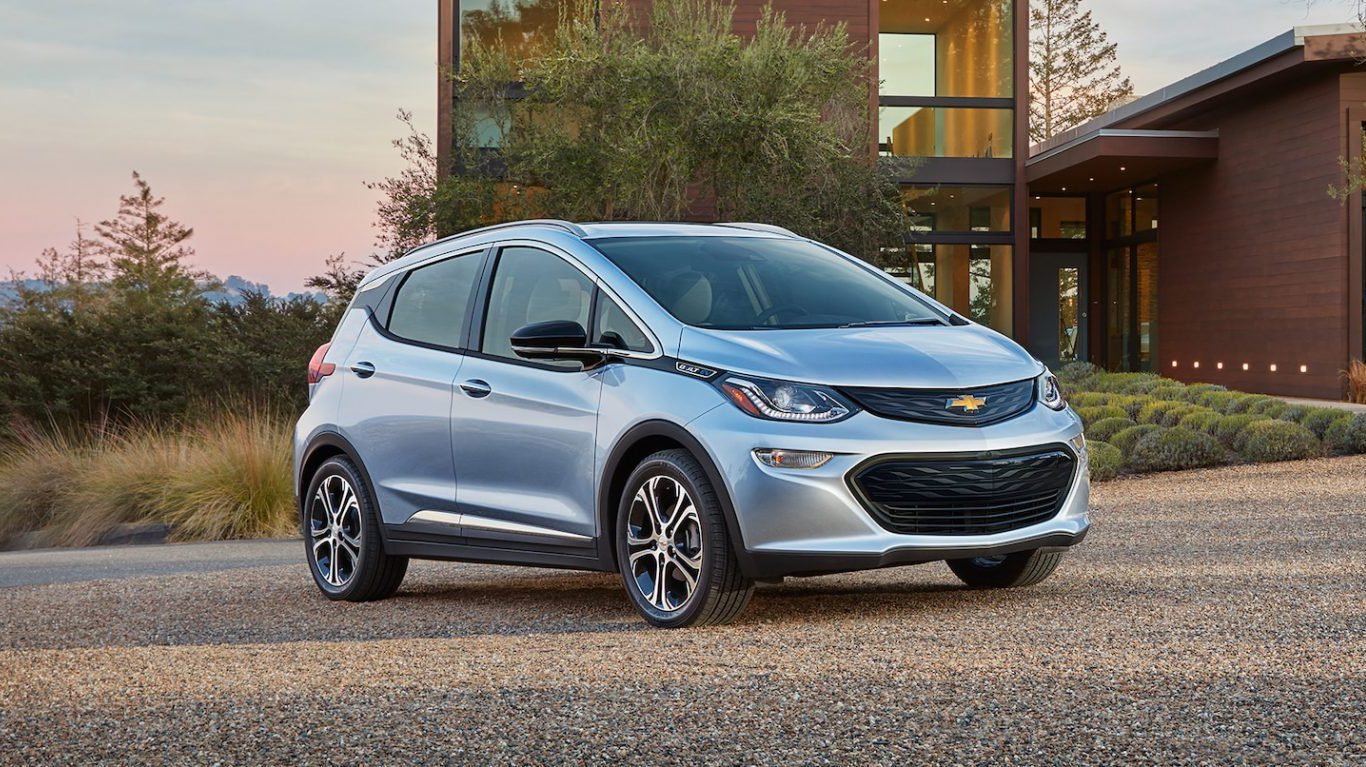
10. Chevrolet Bolt EV
> Avg. monthly sales: 1,824.5 units
> Best sales month: November (2,987 units)
> Total 2017 sales: 20,070 units
> MSRP: $37,495
No car that Chevrolet offered in 2017 enjoyed sales growth the way the Bolt EV did. The new all-electric vehicle sales grew each month from February through November. In February, fewer than 1,000 Bolt EVs were sold. By November, nearly 3,000 were.
Chevy has plenty of cars that sell better than the Bolt EV, but the Bolt, along with the Volt, give the American automaker alternatives to the traditional gas vehicles in its lineup.
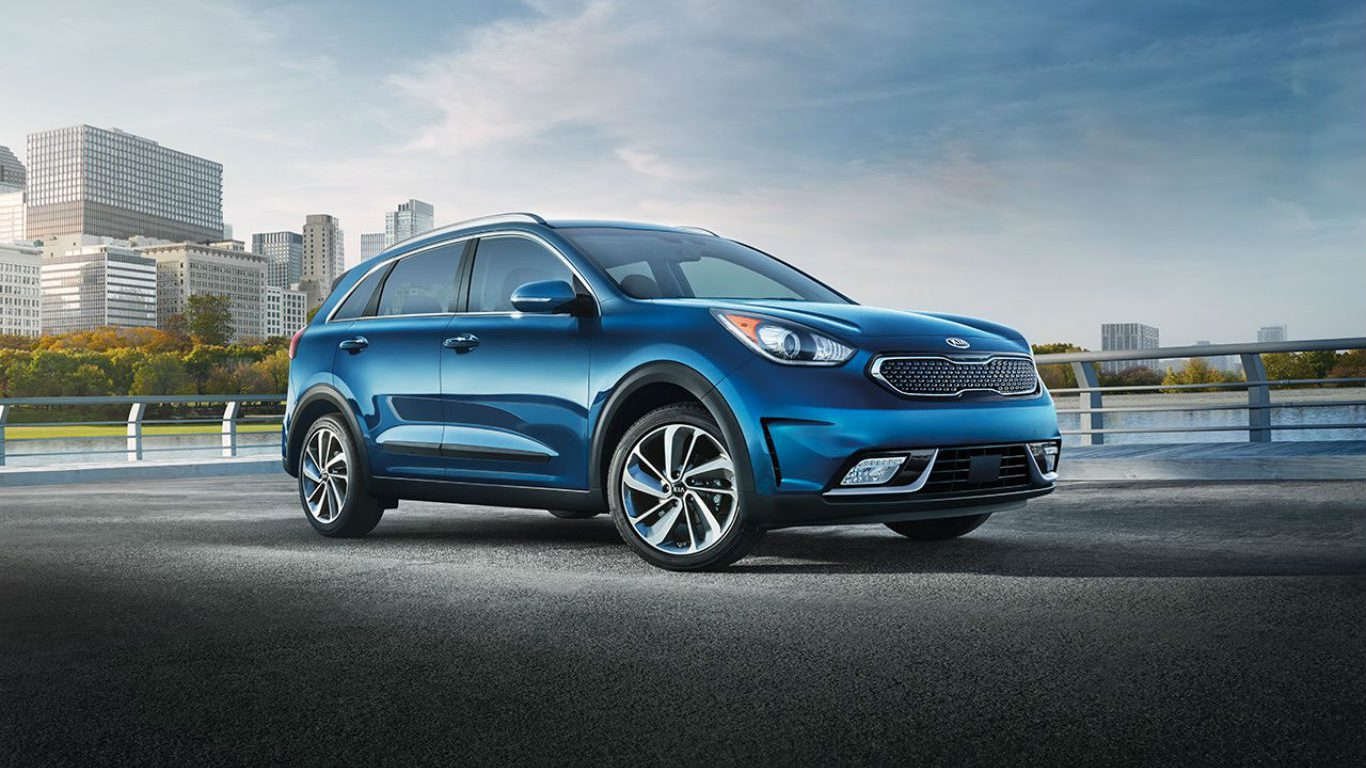
11. Kia Niro
> Avg. monthly sales: 2,258.2 units
> Best sales month: April (2,939 units)
> Total 2017 sales: 24,840 units
> MSRP: $23,240
Kia hit a home run with its new crossover, Niro. The Korean automaker sold nearly 25,000 Niros in 2017, making it the top-selling new car launched in 2017. A hybrid SUV, a base model Niro starts at $23,240 and gets a combined 50 mpg. The vehicle produces 139 horsepower and 195 lb-ft of torque. The Niro is one of two Kia vehicles to hit American roadways for the first time in 2017.
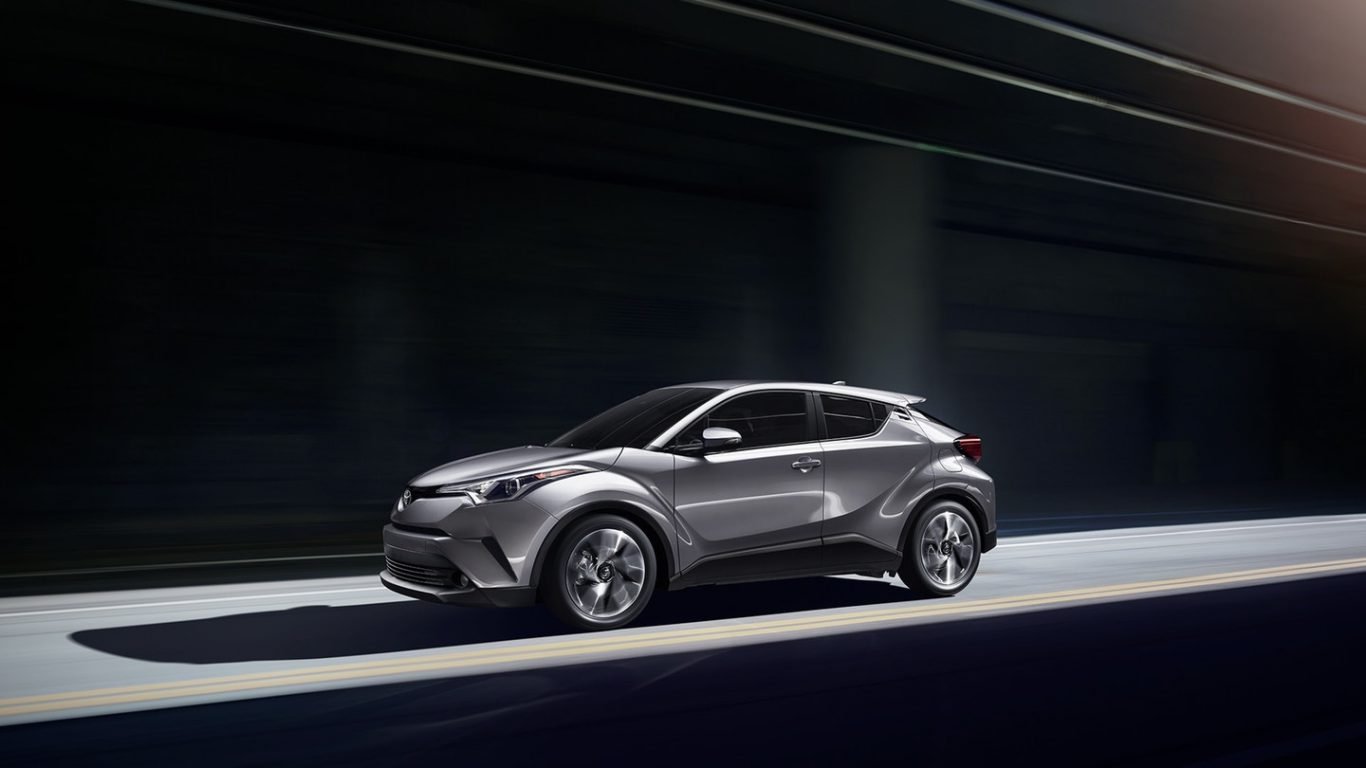
12. Toyota C-HR
> Avg. monthly sales: 2,736.1 units
> Best sales month: October (3,638 units)
> Total 2017 sales: 21,889 units
> MSRP: $22,500
Toyota is one of the best selling car brands in the U.S. market, and it has plenty of popular SUVs like the 4Runner and Highlander. The brand new C-HR appears to be another solid entry in Toyota’s lineup, selling nearly 22,000 units in its first eight months on the market. The new crossover gets 29 mpg, while offering drivers 144 horsepower and a top speed of 115 mph.
Carmakers offer American motorists a wide-range of different vehicles suited to different needs at vastly different price points. A car like the Honda Civic — as its name implies — is a car suitable for the average driver. Relatively inexpensive, fuel efficient, and reputable, the Civic is practical and appealing to a broad spectrum of consumers. Not surprisingly, it is one of the most popular cars in America, selling nearly 346,000 units in the first 11 months of 2017.
Meanwhile, luxury carmaker Mercedes-Benz’s most popular vehicle, the C Class, comes with a sticker price more than double that of the Honda Civic. Largely because fewer Americans can afford to drive a luxury automobile, sales of Mercedes-Benz’s entire fleet fell just shy of 333,000 units in the first 11 months of 2017 — about 13,000 units less than the Civic’s sales volume.
Because sales volume can vary dramatically depending on the target consumer base, there is no single yardstick to gauge the success of given vehicle launch. Unit sales among new vehicles launched in 2017 varied dramatically.
For example, hitting dealership lots in February with a suggested retail price of about $400,000, the Ford GT — last produced in 2006 — sold only 80 units through November. Meanwhile, the all new Toyota C-HR, a subcompact SUV starting at $22,500, sold 21,889 units between its April release and the end of November.
While some new vehicles like the Ford GT are outliers, many of the cars on this list are indicative of broad industry trends. As electric motor technology improves and infrastructure expands, it may not be surprising that five of the new cars launched in 2017 are either hybrid, fully electric, or are available as such. Similarly, crossovers and SUV sales climbed in the first 11 months of 2017, and four of the cars on this list are either SUVs or a crossovers.
To identify the most (and least) successful car launches of the year, 24/7 Wall St. reviewed monthly unit sales data for over a dozen of the world’s largest automakers. We considered launches as new nameplates that were sold in 2017 and not in 2016, which included nameplates that were previously discontinued and reintroduced in 2017. With the exception of the Alfa Romeo Giulia — which hit lots in December 2016 — vehicles that were sold in calendar 2016 for the 2017 model year were not included. Only makes and models with monthly unit sales breakdowns were included. For this reason, new releases by Jaguar and Land Rover were not considered. Automakers that did not exceed at least 1,000 monthly unit sales in the U.S. were also excluded from analysis. MSRPs reflect the price of the base model vehicle.
Ever wanted an extra set of eyes on an investment you’re considering? Now you can speak with up to 3 financial experts in your area for FREE. By simply
clicking here you can begin to match with financial professionals who can help guide you through the financial decisions you’re making. And the best part? The first conversation with them is free.
Click here to match with up to 3 financial pros who would be excited to help you make financial decisions.
Thank you for reading! Have some feedback for us?
Contact the 24/7 Wall St. editorial team.